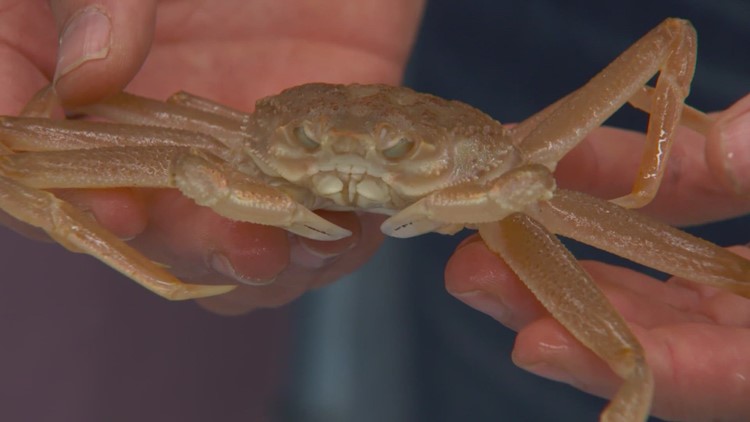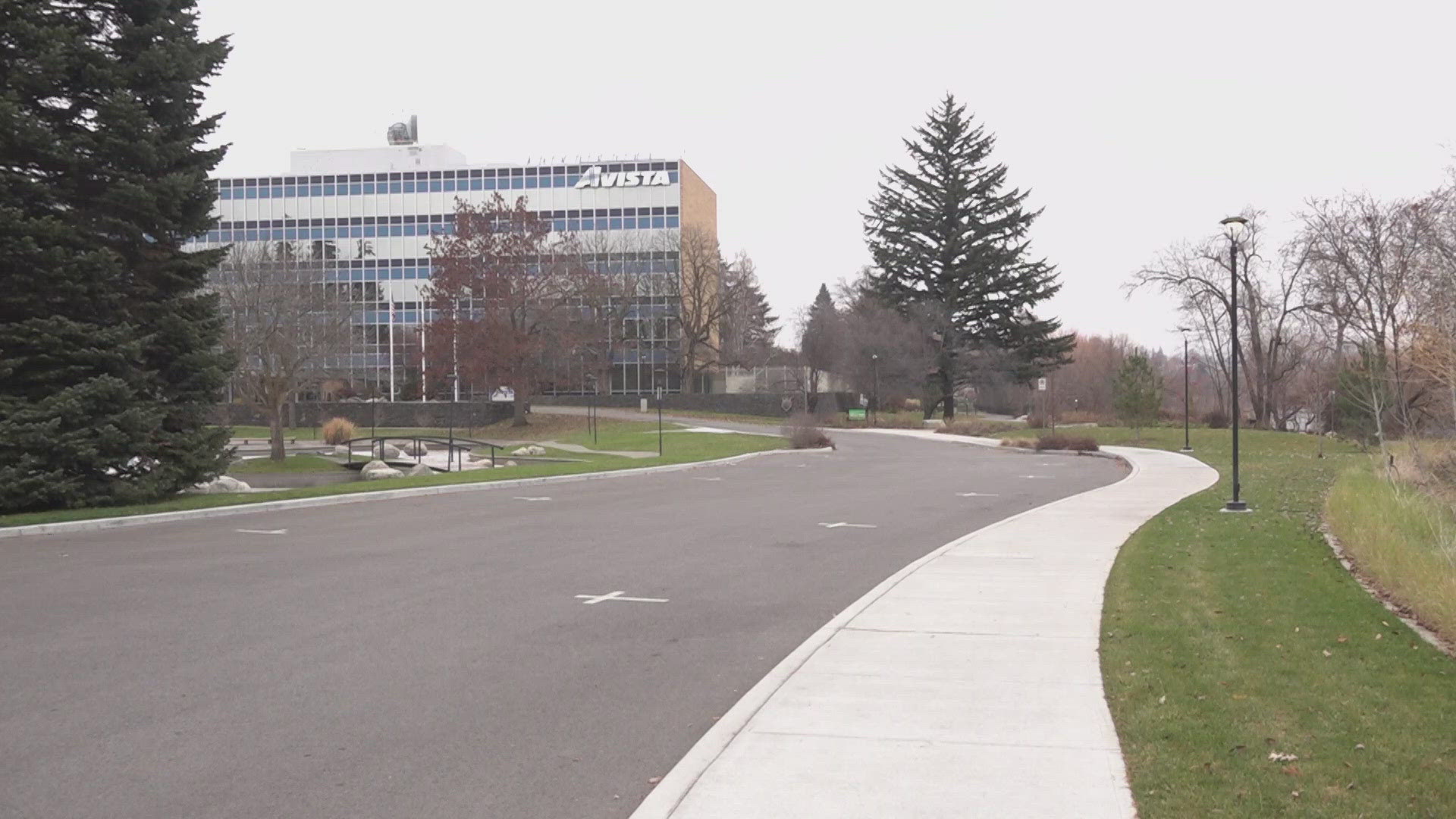ALASKA, USA — A new study by the National Oceanic and Atmospheric Administration details the factors that contributed to the collapse of the Bering Sea snow crab population.
Last year, KING 5 reported on the crabbing crisis in the Pacific Northwest. More than 10 billion Bering Sea snow crab disappeared from Alaskan waters over the span of roughly three years, which impacted environmental conditions and the global seafood industry.
Scientists at NOAA identified the main reason for the collapse as "an ecological shift from Arctic to sub-Arctic conditions in the southeastern Bering Sea due to human-caused climate change."
It was discovered that the warmer water temperatures didn't immediately kill the crabs, but when the waters got too warm, their metabolism increased. There wasn't enough food to keep up with their caloric demand.
In addition to temperature changes, the team at NOAA noted other factories that indicate a shift from an Arctic to a sub-Arctic regime. They found a decline in sea ice and an increase in snow crab predators, a disease known to kill snow crabs, and areas of spring algal blooms.
The study also confirmed scientists' initial beliefs that the population decline was not due to overfishing as the level of mortality was too high.
“What is particularly noteworthy is these boreal conditions associated with the snow crab collapse are more than 200 times likely to occur in the present climate (1.0° –1.5° of warming rate) than in the preindustrial era,” Mike Litzow, lead author and director of the Alaska Fisheries Science Center’s Kodiak Lab, wrote in the press release. “Even more concerning is that Arctic conditions conducive for snow crabs to retain their dominant role in the southeastern Bering Sea are expected to continue to decline in the future.”
Can the Bering Sea snow crab population be restored?
There is a glimmer of hope. Data for 2022 and 2023 show temperatures are almost back to normal in the Bering Sea, but that does not mean they will stay that way.
Scientists say juvenile crab numbers are increasing, which is also a positive sign, but it will take at least a few years for those crabs to mature to catchable size.
NOAA researchers are devoting a lot of time to understanding the crab. They observe everything from functional maturity, the growth time of the crab before and after they molt, how they handle different water temperatures and more.
To read more about the snow crab crisis, click here.



